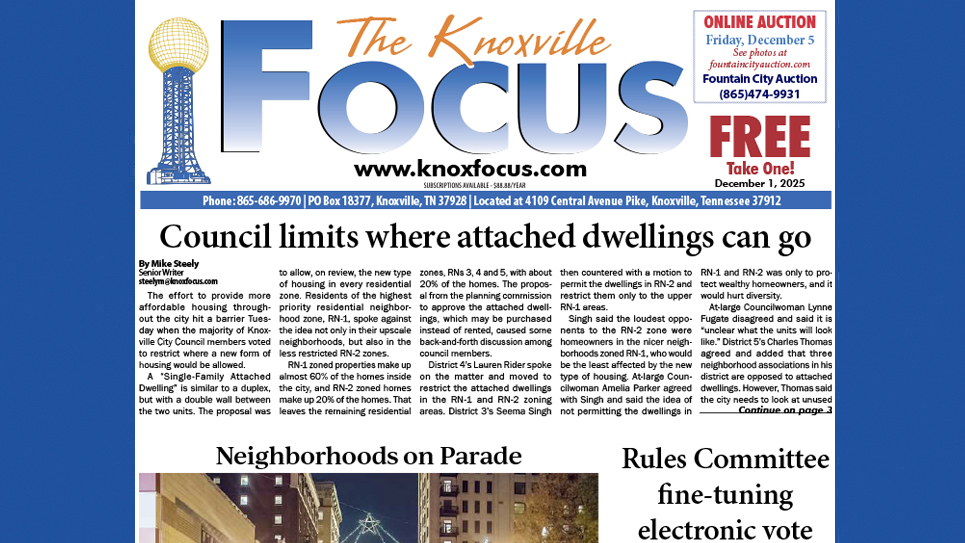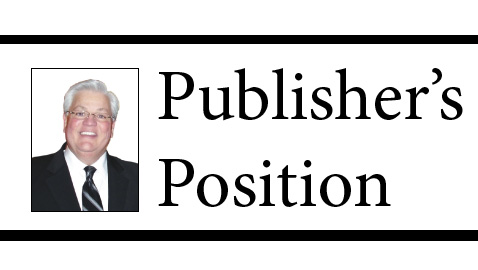Trump vs Powell – and Bessent?
By Dr. Harold A. Black
blackh@knoxfocus.com
haroldblackphd.com
What do you think about Federal Reserve independence? Have you noticed that, for all Trump’s gnashing of teeth, name-calling, threatening and cajoling, Congress has been mostly silent? Well, Powell has his regularly scheduled hearing on monetary policy on Tuesday. Trump is applying pressure on the Republicans on the committee to pressure Powell to lower rates. Trump is now emphasizing the need for lower rates to reduce the cost of financing the ever-increasing federal debt. Such is easier, it seems, than reducing the government’s voracious appetite for spending. Trump wants the Fed funds rate to be around 1% down from the 4.3% where it is today.
Trump keeps arguing that there is little inflation, so prime the pump, Fed. However, inflation is still above the Fed’s target rate of 2%. Again, many of us think that 2% is too high a target. An inflation rate of 2% means that prices will double in 36 years (Rule of 72). That means that nominal income would have to double in order for real income to stay the same.
The Fed is a creature of Congress. The Congress can enact new legislation regarding the Fed, its composition and its goals. Why hasn’t Trump called for new legislation? Congress would probably reject such a plea because Trump is a short timer. Do we really want a Republican Congress to give the president control over Fed decisions in order to give that power to the next socialist or Democrat, elected president? Can you imagine Joe Biden dictating monetary policy? That sobering thought should be enough to let Trump keep flailing away while Powell and the Open Market Committee continue to do what they do. However, whatever move the committee makes – and I am betting it will lower the rate in July – will be met with commentators saying that Powell finally gave in, if for no other reason than to shut Trump up.
But let us suppose that the Fed funds rate goes down. Will this mean, as Trump keeps telling us, that we can save billions (or as Trump tweets BILLIONS!)? Not necessarily. It depends on what happens to Treasury rates. There are three categories of Treasury issues. Lowering Fed funds typically lowers Treasury bill rates. T-bills mature in less than one year and make up 21% of Treasury debt. So if Federal borrowing is $30 trillion, about $6.3 trillion will be in bills. Treasury notes mature in 1-10 years. They comprise 52% of the debt issuance, or $15.6 trillion. Treasury bonds mature in more than 10 years and are mostly 20-year or 30-year bonds. They make up 17% or $5.1 trillion. The other 10% consists of Treasury Inflation Protected Securities (TIPS) of 8% ($2.4 trillion) and Floating Rate Notes of 2% ($1.5 trillion). So, what happens to the interest on the debt depends on what happens to the Treasury yield curve. As I write this, 3-month Treasury yields are 4.29%, the 2-year is 3.75%, the 10-year is 4.28% and the 30-year is 4.84%.
Lowering short-term rates may be accompanied by rising longer-term rates if the markets anticipate rising inflation, actually increasing the cost of financing the debt. The Treasury could try to move more financing to the rates that are now the lowest, the 2-year Treasury note. So why isn’t Trump yelling at Scott Bessent to start issuing more of the 2-year notes and have the Fed start buying the longer-term Treasury issues to drive up their prices and down their yields? So, Bessent should issue more Treasury notes and bonds and fewer Treasury bills. Right?
Bernanke’s Fed did do this back in 2011, called Operation Twist (trying to twist the shape of the yield curve). His Fed kept short rates near zero while buying longer-term Treasurys. All this expanded the money supply and eventually led to increased inflation. Trump wants this Fed to do the same. There is the saying that, “Those who cannot remember the past are condemned to repeat it.” In this case, it is repeating the same thing and expecting a different outcome.





